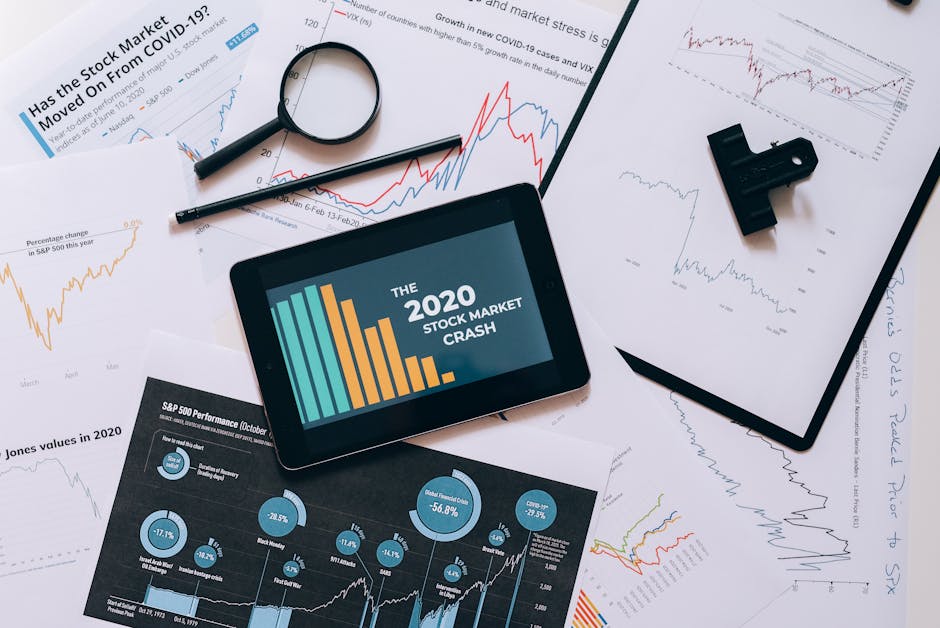Advanced Segmentation Techniques in Google Analytics

Google Analytics plays a role for businesses aiming to grasp their website traffic and user activities. By using segmentation techniques analysts can categorize data into more detailed groups offering deeper insights and actionable information. These methods extend beyond metrics empowering businesses to customize their marketing strategies and enhance user experiences based on in depth user interactions.
Understanding Segmentation in Google Analytics
Segmentation within Google Analytics involves grouping users into categories based on different criteria. Basic segmentation includes factors such as location, device type and traffic source. Advanced segmentation takes it up a notch by combining criteria or applying more intricate filters.
For example you could form a segment of users who accessed your site from a geographic location utilized a mobile device and made a purchase within the past 30 days. This level of specificity aids businesses in comprehending the actions of user segments and adapting their approaches accordingly.
Advanced segmentation is key for targeted marketing initiatives as it enables businesses to concentrate on user behaviors and preferences. This results in successful campaigns and increased conversion rates.
Crafting Custom Segments
Custom segments are personalized groups that assist in examining data subsets. To generate a custom segment, in Google Analytics;
- Go to the "Audience" section.
- Click on "Segments" located at the top of the page then select "+ New Segment" to access the segment builder tool.
When using the segment builder you have options to set your criteria, including demographics, behavior and technology. You can. Match conditions using AND/OR logic to further refine your segment.
For instance a customized segment could target users aged 25 34 who have visited your website at three times in the last month and have added items to their cart but not completed a purchase. Analyzing this group can help pinpoint obstacles to conversions and enhance the shopping experience for them.
Utilizing Predefined Segments
Google Analytics offers segments that cater to common scenarios. These include;
- New Users; Visitors who are exploring your site for the time.
- Returning Users; Visitors who have previously engaged with your site.
- Converters; Users who have successfully achieved a specific goal or made a transaction.
- Bounce Sessions; Sessions where users exit after viewing just one page.
Predefined segments are handy, for understanding key user groups without requiring custom criteria setup. They come in for comparing different user types and grasping overarching trends in your data.
Advanced Methods; Sequential Segments
When it comes to analyzing user behavior across sessions or interactions sequential segments come into play. They allow you to outline a series of steps that users need to take in order to be categorized within the segment. For instance you could set up a segment for users who;
- Initially visit your homepage.
- Proceed to view a product page.
- Add an item to their cart.
- Ultimately make a purchase within a week.
This kind of segmentation proves valuable, in grasping user journeys and pinpointing where users tend to drop off from their intended actions. By scrutinizing segments businesses can enhance their websites and marketing funnels to better steer users through the conversion process.
Comparison Table; Basic vs. Advanced Segmentation
| Aspect | Basic Segmentation | Advanced Segmentation |
|---|---|---|
| User Criteria | Single criteria (e.g., location) | Multiple criteria (e.g., location + device + behavior) |
| User Groups | Broad groups (e.g., all mobile users) | Narrower groups (e.g., mobile users from New York who made a purchase) |
| Flexibility | Limited customization | High customization with complex filters |
| Use Cases | General insights | Detailed analysis for targeted strategies |
The Importance of Multi Channel Funnels
Multi channel funnels provide insights into how different marketing channels contribute to conversions over time. By establishing segments that monitor users interactions across channels (such as email, social media and paid search) businesses can gain a better understanding of how each channel impacts the conversion journey.
For instance an analysis of channel funnels could reveal that while social media drives initial awareness email campaigns are more successful at converting those aware users into customers.
This data can guide decisions on how budgetsre allocated across different marketing channels.
Multi channel funnels help businesses acknowledge the cumulative effects of their marketing endeavors rather than attributing conversions solely to the last touchpoint. Advanced segmentation techniques in Google Analytics empower businesses to delve deeper into user behavior by segmenting data into specific categories. Custom segments enable analysis tailored to specific business requirements while predefined segments offer quick access to insights, on common user groups.User paths and where they leave provide insights for improving the effectiveness of conversion processes.
Responding promptly during events or campaigns through real time segmentation helps boost engagement by making immediate adjustments. By combining machine learning with segmentation analysis capabilities are enhanced to predict future behaviors based on past data.
Lastly
understanding how different marketing channels work together to impact conversions over time is crucial. This knowledge informs decisions on how to allocate budgets across platforms effectively.
In conclusion
utilizing advanced segmentation techniques equips businesses with insights that inform strategic decision making ultimately leading to improved performance metrics across all areas. From the effectiveness of marketing efforts, to customer satisfaction levels!